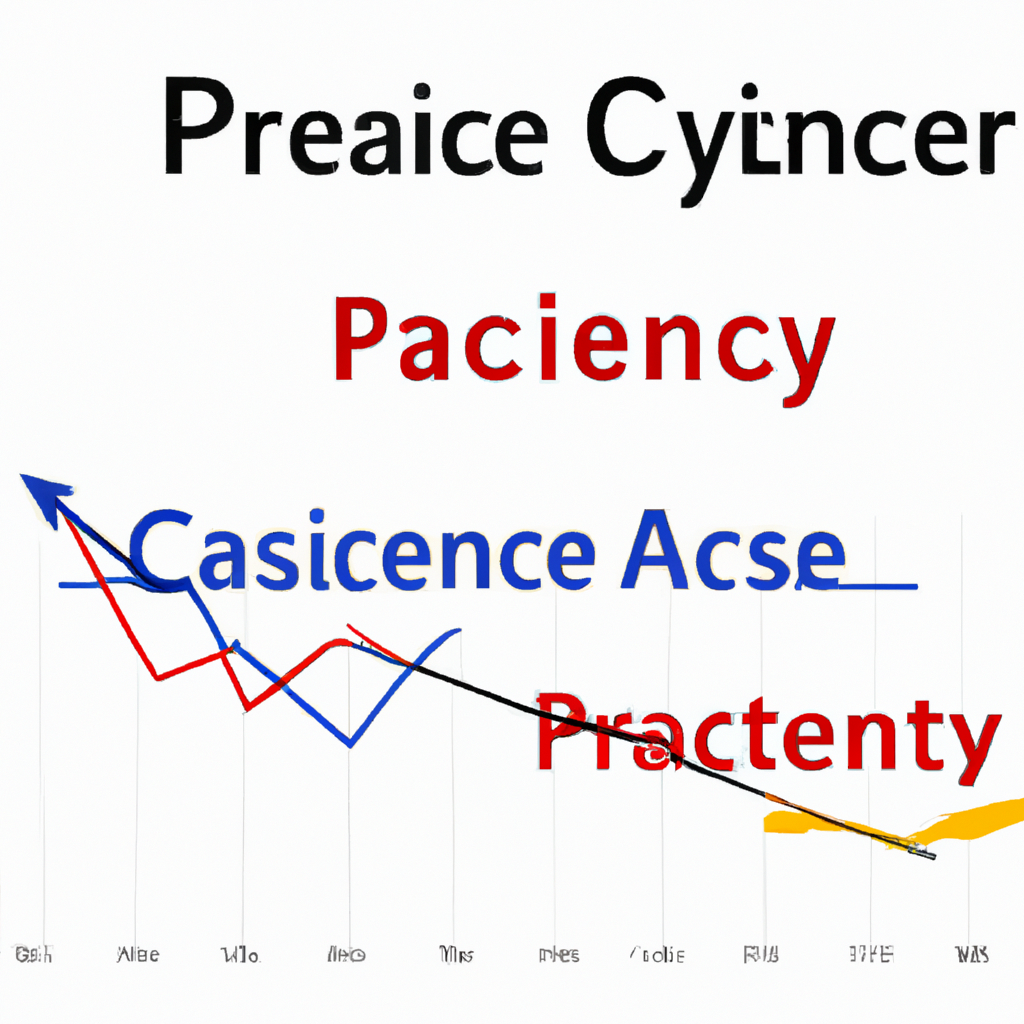
Price Action Analysis Methods
Introduction
Price action analysis is a method used by traders to make decisions based on the movements of price in the financial markets. It involves studying historical price movements to predict future price movements. There are several methods that traders use to analyze price action, each with its own set of tools and techniques.
Types of Price Action Analysis Methods
1. Candlestick Patterns
Candlestick patterns are one of the most popular methods of price action analysis. Traders use these patterns to predict future price movements based on the shape and size of the candlesticks. Some common candlestick patterns include doji, hammer, engulfing, and spinning top.
2. Support and Resistance Levels
Support and resistance levels are key areas on a price chart where the price has historically struggled to move beyond. Traders use these levels to identify potential entry and exit points for their trades. Support levels are areas where the price tends to bounce back up, while resistance levels are areas where the price tends to reverse downwards.
3. Trendlines
Trendlines are lines drawn on a price chart that connect two or more price points. Traders use trendlines to identify the direction of the trend and potential reversal points. An upward trendline connects higher lows, while a downward trendline connects lower highs.
4. Moving Averages
Moving averages are indicators that smooth out price data to identify trends over a specific period of time. Traders use moving averages to confirm the direction of the trend and potential entry and exit points. Common types of moving averages include simple moving averages (SMA) and exponential moving averages (EMA).
Conclusion
Price action analysis methods are essential tools for traders to make informed decisions in the financial markets. By studying historical price movements and using various analysis methods, traders can increase their chances of success in trading. It is important for traders to understand and master these methods to become successful in the competitive world of trading.





